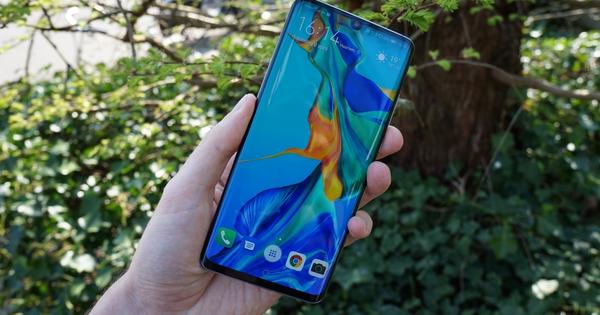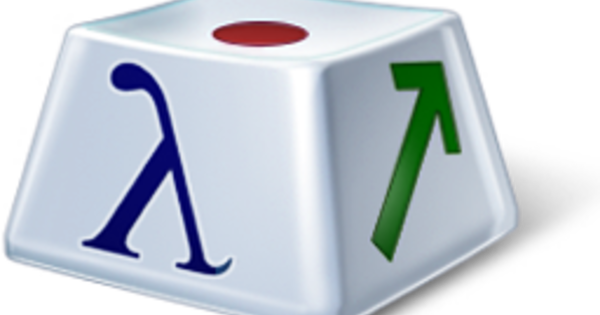You're an Apple user, but your new work environment swears by Microsoft or Google, or vice versa of course. There you are with two (or more) mail programs, calendars and contact lists. Not very handy, but fortunately there are ways to keep your information synchronous and manageable.
Apple - Microsoft
Tip 01: iCloud
If you own an iOS device or a Mac, you're probably familiar with iCloud. This is Apple's cloud solution that ensures you always have the most current version of your important information, such as your calendar, messages and contacts. Regardless of the device you work on. Are you using iOS or OS X but not yet iCloud? Then we will tell you how you can still get started with iCloud. Fortunately, Apple has looked beyond the boundaries of its own company and made iCloud available to Windows users as well. We will therefore take advantage of this to synchronize all kinds of information from Apple with Outlook, and vice versa. Also read: Sync all your devices with iCloud.
Tip 02: iCloud for Windows
If you have iCloud in order on the Apple side, then iCloud for Windows is next. You can download this tool for free. The installation is very simple: make sure Outlook is not active, agree to the license agreement and confirm with to install. Afterwards, restart your PC. You will now see an iCloud icon in the Windows notification area. Click on this and choose login. Sign in with the same Apple ID as on your iOS device or Mac. A little later a panel will appear where you can indicate exactly what you want to synchronize. Next iCloud Drive, photos and bookmarks is there also the option Mail, contacts, calendars and tasksWith Outlook Bee. For this article we are mainly interested in the latter: so make sure you check this box and click To apply. You can always change this by clicking on the icon and choosing Open iCloud Settings.
Tip 03: iCloud in Outlook
A window will now appear in which you can configure Outlook for iCloud. You have two options: you can get sick for All calendars, contacts and tasks if you want a 'full' synchronization, or you can be selective and choose Certain calendars, contacts, and tasks. In the latter case, you will be given the opportunity to indicate exactly which information you want to upload and merge with iCloud. Tick the desired options and press the button Get on, after which the first synchronization takes place immediately. When finished, press Ready and you can open Outlook. You will notice that the synchronization of this data is completely automatic.
Tip 04: Sync more
A disadvantage of the synchronization via iCloud is that the plug-in creates an extra folder called iCloud in Outlook, both with your mail, calendar, contacts and your tasks. Only data you place in these folders will be synced via iCloud. If you also want to synchronize information from other folders, then there is little else to do than move it to the iCloud folder or create or edit it yourself. Or you can install a plug-in like CodeTwo Sync for iCloud. It integrates with the iCloud plug-in installed in step 2. You can try this tool for free for thirty days, after which you pay a one-time fee of 16 euros. Please note, we have found that this plug-in does not yet function flawlessly in Outlook 2016 (even though the manufacturer claims to our question that it should work without any problems).
Tip 05: Sync for iCloud
The installation hardly takes more than a few times on Next and finally Finish. The configuration of the tool is also simple enough. When you start Outlook, you will notice in the heading CodeTwo Sync for iCloud right the button Settings on. Press this button and select Add. Via the button Browse you can now add the desired Outlook folders, both for calendars, contacts and tasks, so not for e-mail messages. Furthermore, you also set the iCloud folder with which you want to synchronize the chosen Outlook folder and indicate exactly how the synchronization should take place: in one direction (from Outlook to iCloud or vice versa) or in both directions. Confirm with twice OK.

